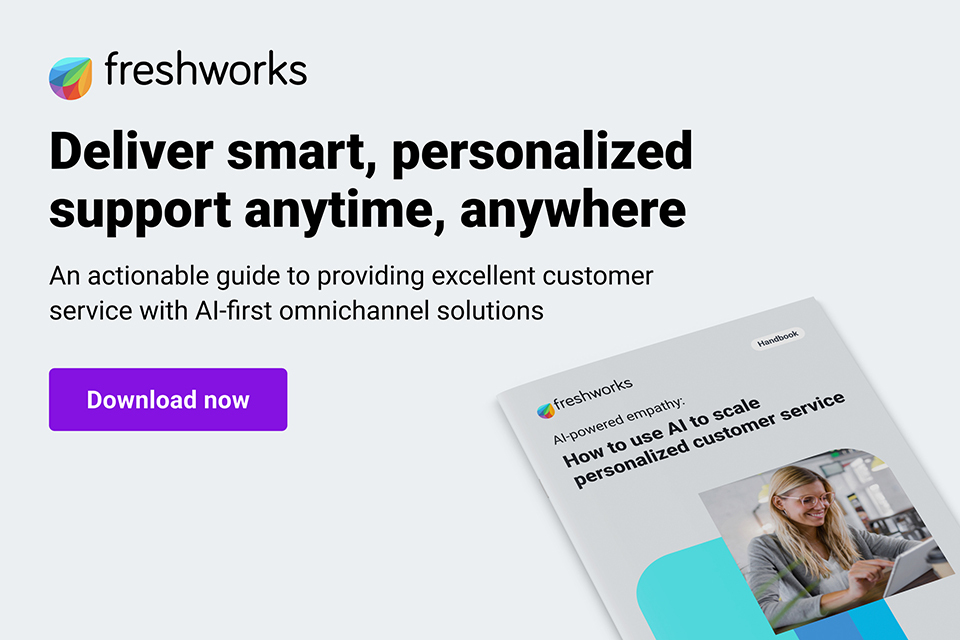Two-thirds of public would prefer companies didn’t use AI for customer service

Sixty-four percent of customers would prefer that companies didn’t use artificial intelligence (AI) in their customer service. That’s according to a survey by Gartner, which found that 53% of customers would consider switching to a competitor if they found out a company was going to use AI for customer service. A Gartner survey of 5,728 […]
Contact centres ‘facing a perfect storm of challenges’

A new report from MaxContact has unveiled what it calls the ‘stark realities facing UK contact centres in 2024’, with agents battling soaring workloads as the industry grapples with the emerging impact of AI technologies. The “2024 UK Contact Centre KPI Benchmarking Insights Report”, based on a survey of 500 contact centre leaders working in sales, debt […]
AI MONTH: Who are the best partners for elevating customer service using the power of AI?

AI (Artificial Intelligence) is emerging as a powerful tool for enhancing customer service. But with a plethora of AI solutions vying for attention, senior contact centre and customer service professionals face a complex decision – how to source the best fit for their specific needs? Here are our top tips to help you navigate the world of […]
AI increasing playing support role in contact centres

New research from Talkdesk indicates that amid surging inbound call volumes in 2023, AI is helping organisations improve speed to answer and maintain service levels. The proprietary global data from its Global Contact Center Key Performance Indicator (KPI) Benchmarking report — gathered from across a wide range of industries, company sizes, and locations in 2023 […]
Half of businesses yet to deploy AI to improve customer engagement

Data analysed by the customer experience specialist CX Network has found that over half (56%) of businesses have not implemented AI optimisation strategies to improve customer engagement. This is despite the fact that 42% of respondents agreed that automation was critical for delivering CX at scale, with 66% of customers expecting companies to understand their […]
The AI Advantage: How artificial intelligence is revolutionising commercial finance

Artificial intelligence (AI) is everywhere you look, and the financial services sector is no different. Banks and other financial firms like hedge funds were some of the first institutions to adopt artificial intelligence at a corporate level, while new technological advances and applications mean that AI usage is more widespread than ever. These new applications […]
One-Third of interactions with GenAI services will use action models & autonomous agents for task completion

One-third of interactions with generative AI (GenAI) services will use action models and autonomous agents for task completion by 2028. Autonomous agents are combined systems that achieve defined goals without repeated human intervention, using a variety of AI techniques to make decisions and generate outputs. They have the potential to learn from their environment and […]
GUIDE: How to use AI to personalise customer service

You may be looking to scale your customer service with AI, but hesitant about how AI may present your organisation to your customers and prospects. As a result, we wanted to share this guide from Freshworks, to investigate how you can adopt the right AI workflows to make teams more productive, reduce wait times for […]
ANALYTICS MONTH: From enhanced customer insights to better QA – How AI and machine learning are impacting contact centre analytics

Artificial Intelligence (AI) and Machine Learning (ML) are pioneering a significant analytics revolution for contact centres. These advanced technologies are transforming the way contact centres operate, offering unprecedented insights into customer behaviour, enhancing service quality, and driving operational efficiency. Here’s an exploration of how AI and ML are at the forefront of the analytics revolution in […]
AI set to impact customer experience in financial services

New research reveals that the majority (52%) of financial services employees feel positive or very positive about the growth of AI, and 62% say learning to use new technologies increases their motivation at work and improves customer experience. More than half (56%) are also confident they have the necessary skills to work with more AI […]

